Sommersemester 2020, Theorie und Geschichte
Patterns of Motion
»You’re walking
And you don’t always realize it
But you’re always falling
With each step, you fall forward slightly
And then catch yourself from falling
Over and over, you’re falling
And then catching yourself from falling
And this is how you can be walking and falling
At the same time« (Walking and Falling, Lauri Anderson, 1982)
Motion is defined as change of spatial references and thereby so much more. Dancing water drops, crawling lava, sneaking cats, growing fern - what is, what means, how is motion?
As early as the 1970s, the perception psychologist Gunnar Johansson showed with his light dot runners that humans can perceive biological motion even with a minimum of information. But concepts of motion do not only fascinate cognitive scientists. Physics, biology, engineering, performing and fine arts, and last but not least design – all of them deal with motion in their own characteristic manners.
Patterns of Motion is the result of a course of the same name that took place at weißensee kunsthochschule berlin and dealt with the inner and outer activity of matter. The overarching question in this project is: How can non-human agents be developed that generate as little entropy as possible for their existence and for their cooperation with other agents (human, technical, natural), if possible without separate drive units, because their motions arise from their own structural contexts.
The research that has been done is diametrically opposed to all previous views of natural processes: Nature and its principles are not looked at in order to exploit these principles for specific purposes (for example, motion). No. Conversely, motion in nature are to be regarded as forms that lead to certain goals. The sentence that makes this reversal plausible is a sentence from the theory of evolution: “The spider does not build its web to catch flies. The spider catches flies because it builds a web.”
Based on this shift in perspective - the course aimed at a profound understanding of forms of motion in nature, technology and everything in between. As a basis for further creative discussions the students learned to recognise, understand and classify motion patterns. Both functional principles and formal aspects of motion has been addressed and examined.
In an asynchronous working process, a collection of motion patterns has been created. Motion patterns that arise from the self-organizing capabilities of the material or substance, which in turn originate from the chemical, biological, physical properties (or forces) of this material or substance. On the basis of this collection, criteria have been defined with which motion can be classified in the variety of its manifestation. In addition, a series of short articles were produced which document the students’ artistic reflections on various aspects of motion.
Prof. Dr. Jörg Petruschat
Judith Glaser
ProjektkategorieProjekt Projekt-Fächer Theorie und Geschichte
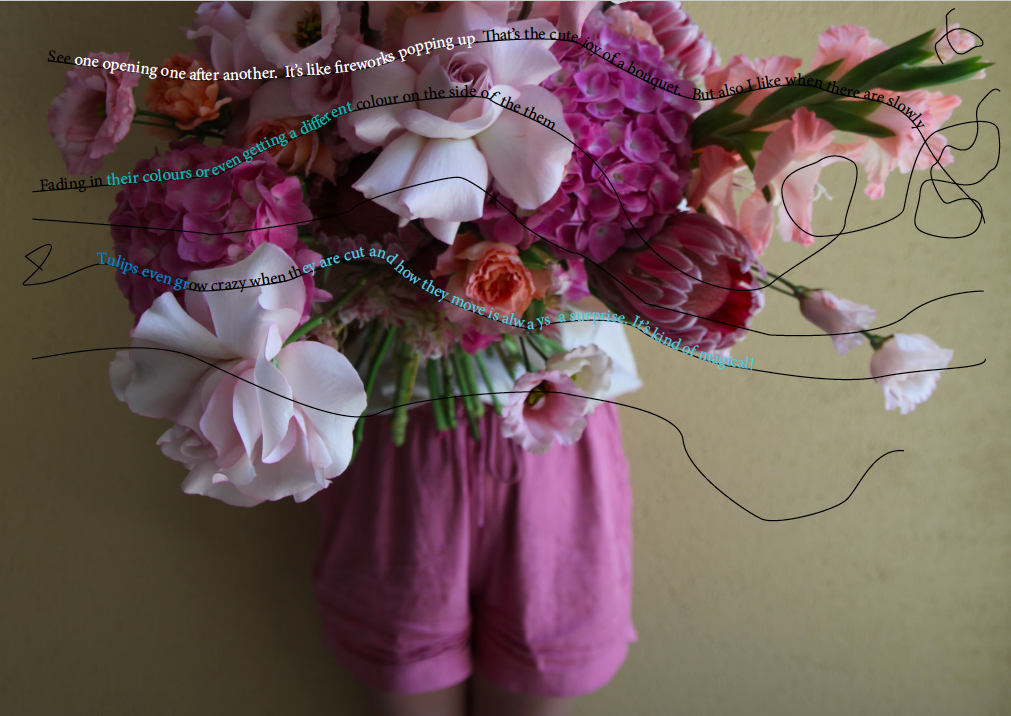
Alle Rechte vorbehalten Alexander Ganea
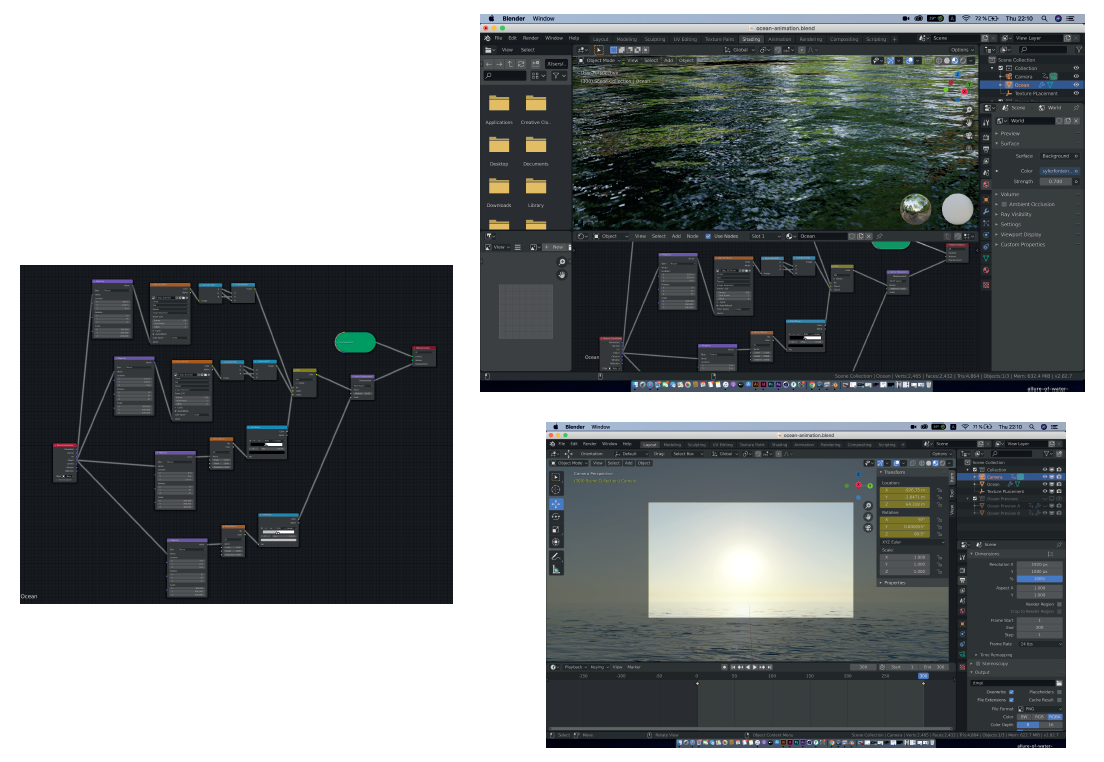
Alle Rechte vorbehalten Anneliese Williams
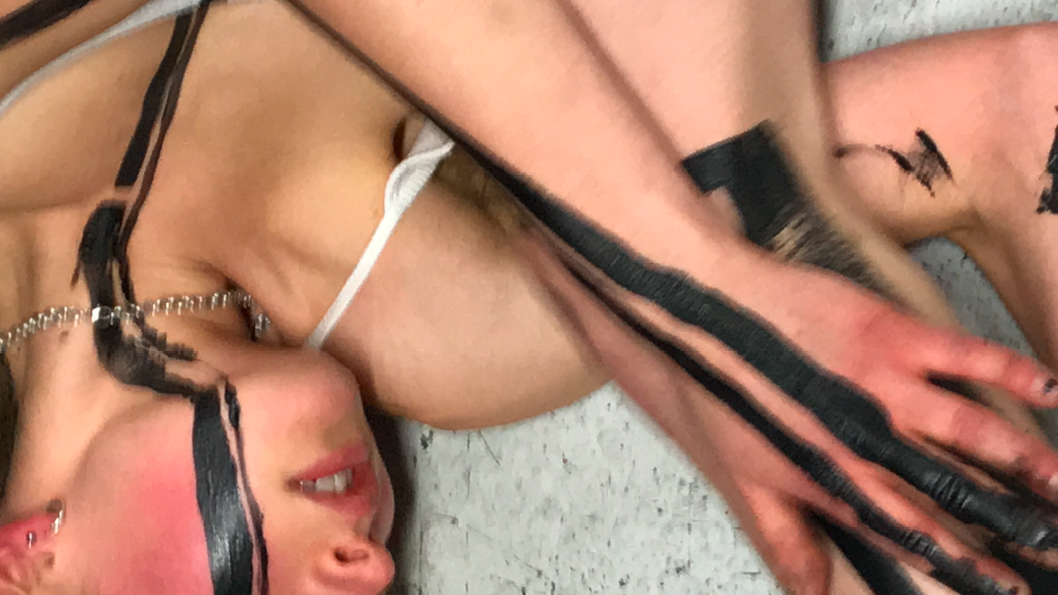
Alle Rechte vorbehalten Edgar Mauser
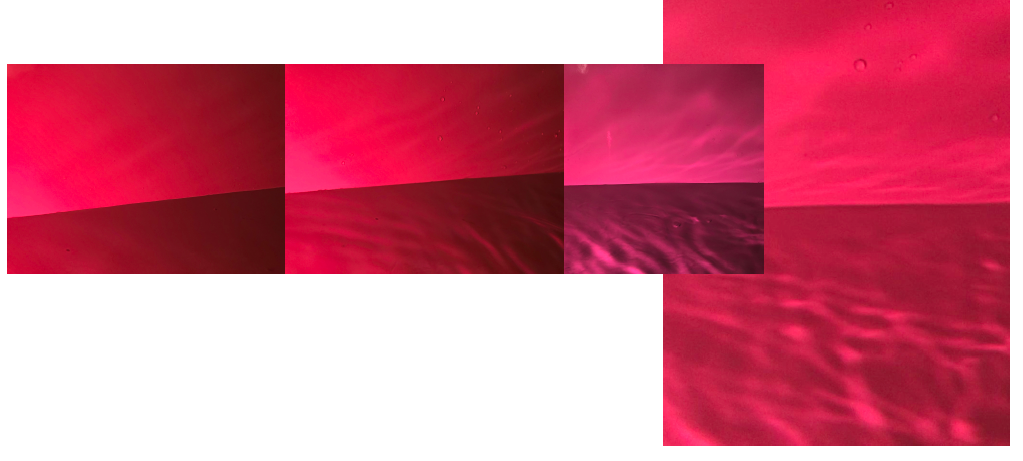
Alle Rechte vorbehalten Elena Scheicher
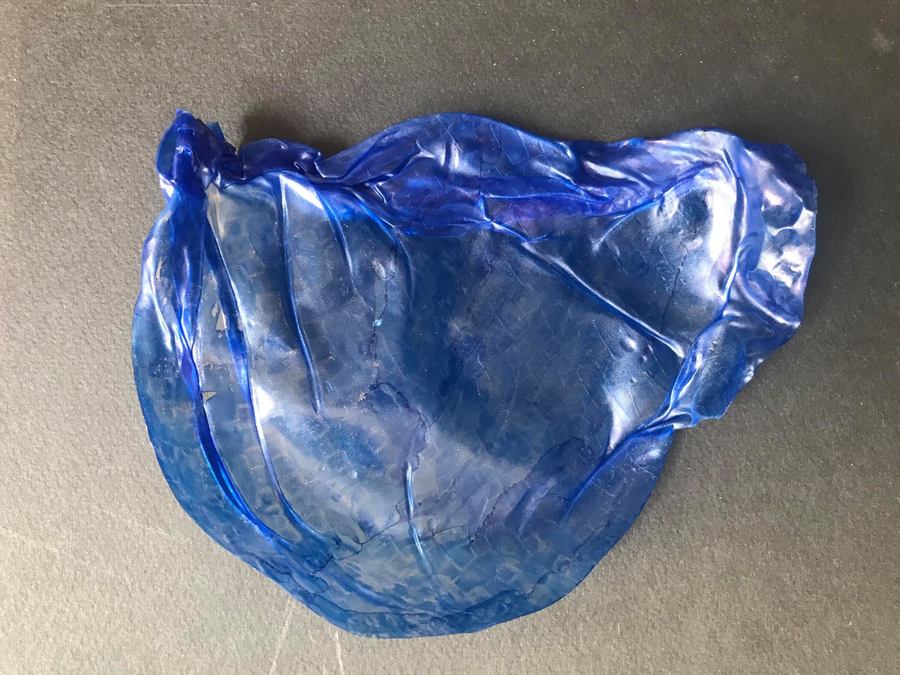
Alle Rechte vorbehalten Hlín Ólafsdóttir
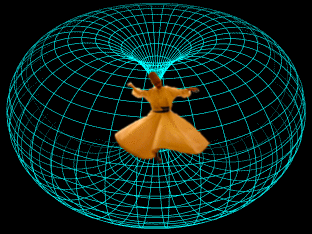
Alle Rechte vorbehalten Jules Piveteau
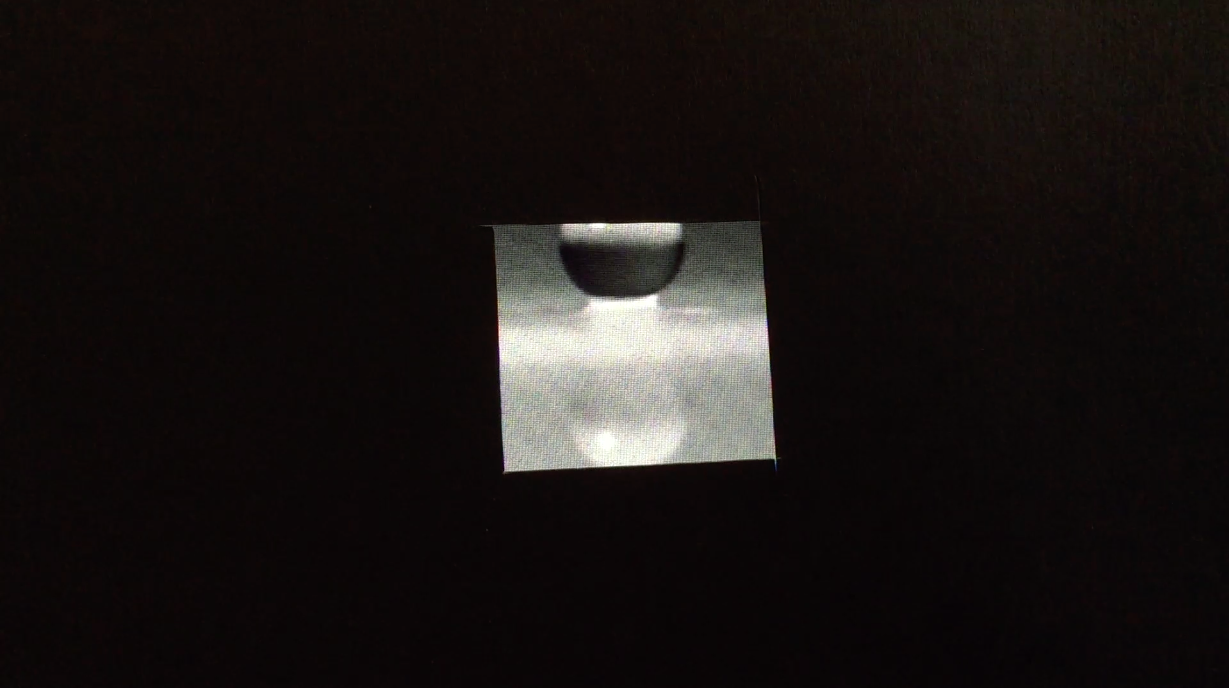
Alle Rechte vorbehalten Katharina Birkmann

Alle Rechte vorbehalten Navot Miller